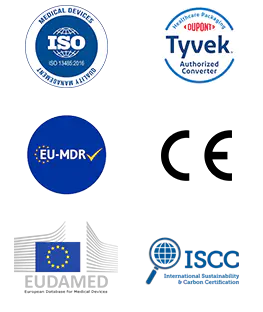In modern medical and laboratory environments, Sterilization Flat Roll has become a critical material for ensuring the sterility and safe handling of instruments. With the continuous increase in medical equipment and the strict requirements for surgical and laboratory safety, the importance of rolls has become increasingly prominent. They are not only the preferred material for sterile packaging of medical instruments but also effectively reduce operational risks and the possibility of cross-contamination. For hospitals, laboratories, and even industrial protection, rolls have become indispensable consumables.
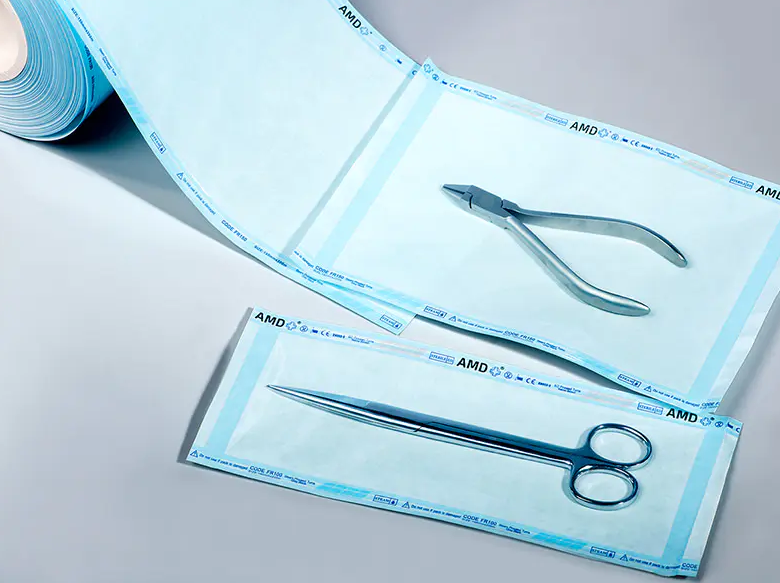
Content
- 1 Materials and Specifications: Balancing Durability and Efficiency
- 2 Functions and Performance: Ensuring Sterility and Convenience
- 3 Safety Standards: Compliance with International Regulations
- 4 Application Scenarios: Multi-Field Usage
- 5 Technological Innovations: Improving Efficiency and Customization
- 6 Sustainability and Smart Development
Materials and Specifications: Balancing Durability and Efficiency
The core of rolls lies in their material selection and specification design. Typically, they are made of high-quality fiber materials, mainly including polyethylene and polypropylene, processed into high-density nonwoven structures. These materials combine durability with breathability. Regarding thickness, rolls vary depending on usage, ranging from tens to over a hundred microns:
Thin rolls: Suitable for small medical instruments or sterilization environments with moderate sealing requirements. They offer good breathability, allowing rapid escape of steam or gas.
Medium rolls: Suitable for routine surgical instruments and laboratory equipment, balancing tear resistance with sterilization efficiency.
Thick rolls: Used for heavy instruments or high-protection environments. They provide strong protection, though the permeation time may be relatively longer.
Additionally, modern sterilization rolls often feature special surface coatings to enhance water and contamination resistance while maintaining good breathability. The treatment of seams and edges is also critical; sealing technology further ensures the integrity of packaging, preventing bacteria or dust infiltration. With the growing awareness of environmental protection, biodegradable and reusable innovations have gradually attracted industry attention, providing green protective solutions for hospitals and laboratories.
Functions and Performance: Ensuring Sterility and Convenience
The primary function of sterilization rolls is to maintain instrument sterility and improve operational convenience. Its unique fiber structure and packaging design provide multiple layers of protection during storage, transport, and use:
Air permeability and sterilization efficiency
The high-density fiber structure allows steam or chemical sterilizing gases to penetrate evenly, achieving rapid and thorough sterilization.
Good breathability reduces drying time, shortening the preparation cycle for medical instruments or laboratory equipment.
Contamination and liquid protection
Coatings and sealed designs prevent liquids, dust, and microorganisms from entering the package, ensuring instruments remain fully sterile before use.
Convenient operation and storage
Flat rolls can be cut and sealed according to instrument size, providing flexible packaging and reducing material waste.
Their foldable and rollable design makes them easy to transport and store, taking up minimal space.
Durability
Even during handling, stacking, or repeated use, rolls are resistant to tearing or rupture, ensuring instrument safety.
Overall, rolls not only enhance sterilization efficiency but also optimize workflow for healthcare and laboratory personnel.
Safety Standards: Compliance with International Regulations
To ensure instruments remain sterile before use, high-quality flat rolls must comply with strict international standards such as ISO 11607 and EN 868. Different grades of rolls vary in heat resistance, breathability, and tear strength:
Grade 1 rolls: Suitable for routine surgery and laboratory use, with moderate heat resistance, suitable for steam sterilization.
Grade 2 rolls: Suitable for complex surgeries or long-term storage, offering higher protection and durability.
Grade 3 rolls: Designed for high-risk environments or sensitive instruments, capable of withstanding high temperatures, high humidity, and certain chemical sterilants.
Choosing the appropriate grade and specification is crucial for hospitals and laboratories, effectively reducing operational risks and ensuring the safety of patients and staff.
Application Scenarios: Multi-Field Usage
Sterilization rolls are not only used for surgical instruments and laboratory equipment but are increasingly applied in other settings requiring strict sterile management:
Hospital Operating Rooms
Sterilizing instruments such as scalpels, surgical clamps, and endoscopes, reducing the risk of cross-contamination.
Laboratory Operations
Packaging equipment for chemical, biological, or microbiological experiments to prevent contamination.
Medical Device Manufacturing and Transportation
Flat rolls can be used for airtight packaging, ensuring sterility from the factory to the point of use.
Industrial Protection
Packaging precision equipment in specific industrial scenarios to maintain a clean operational environment.
Additionally, by optimizing usage strategies—such as cutting rolls according to instrument type, tracking batch numbers, and monitoring expiration dates—hospitals and laboratories can reduce waste and improve management efficiency.
Technological Innovations: Improving Efficiency and Customization
Modern rolls continually innovate in materials and manufacturing processes to enhance tear resistance, breathability, and packaging convenience:
Tear-resistant and durable materials: Withstand handling and stacking pressures, reducing breakage.
Custom cutting and sealing: Roll sizes can be tailored to instrument shapes, improving sealing and sterilization efficiency.
Smart packaging: Barcodes or RFID tags can monitor usage status, enabling batch management and traceability.
Reusable and eco-friendly materials: Reduce single-use material consumption while maintaining protective performance.
These innovations not only improve operational efficiency but also reduce the risk of misuse, making sterilization rolls more suitable for high-intensity modern medical and laboratory environments.
Sustainability and Smart Development
With growing environmental awareness and stricter industrial safety standards, the future development trends of rolls include:
Material upgrades: Developing new fiber materials resistant to high temperatures and chemical corrosion.
Intelligent monitoring: Integrating sensors to track air circulation, usage status, and environmental temperature and humidity in real-time.
Reusability: Enhancing the reusability of materials to reduce single-use consumption and promote green healthcare practices.
Multi-scenario expansion: Extending applications from hospitals and laboratories to industrial protection and scientific equipment packaging.
These developments will further enhance the reliability, operational convenience, and environmental friendliness of sterilization rolls, establishing them as essential tools for modern medical and laboratory protection.
Sterilization Flat Roll, with its material advantages, durability, high breathability, and multifunctionality, provides a reliable protective solution for modern medical, laboratory, and related industrial applications. Through scientific usage and continuous innovation, Hopeway AMD is driving technological progress in the industry, setting new standards for instrument safety and sterile management. In the future, with material upgrades and smart technology integration, sterilization rolls will continue to play a core role in ensuring instrument safety and optimizing operational workflows.

 English
English Français
Français Deutsch
Deutsch Nederlands
Nederlands


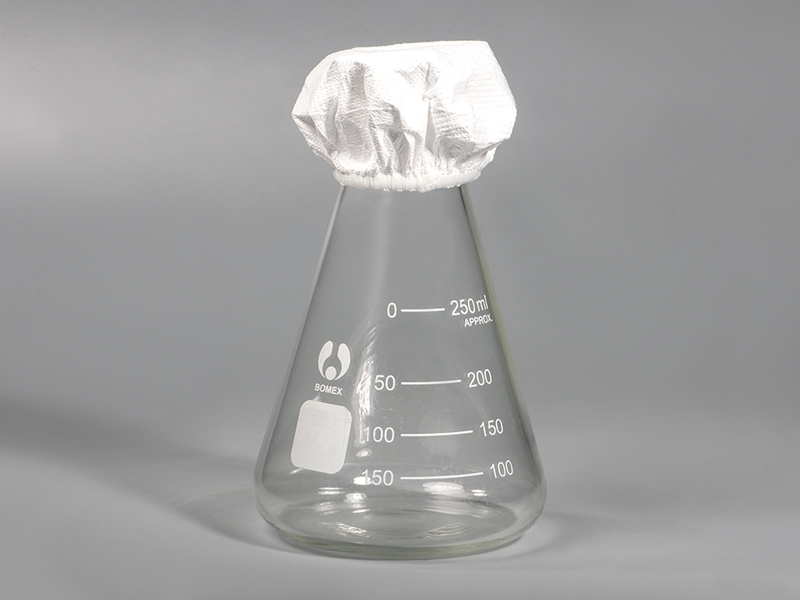
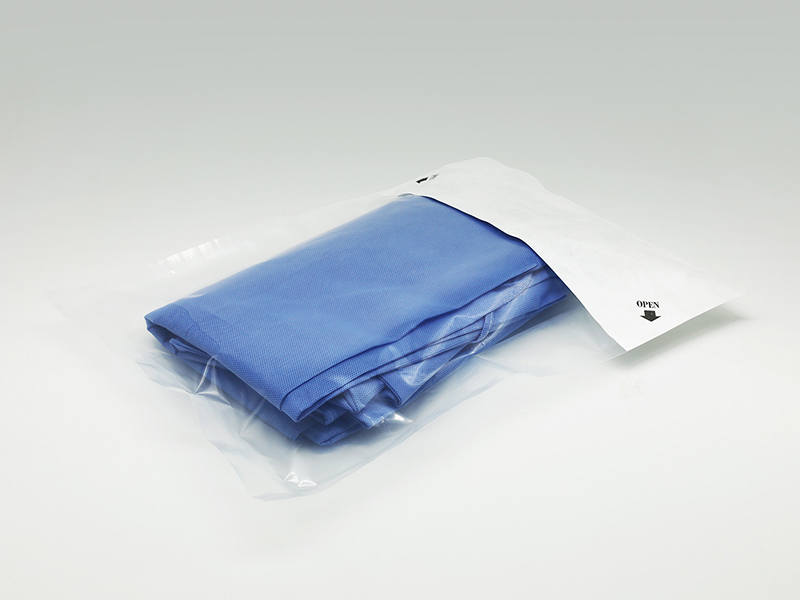



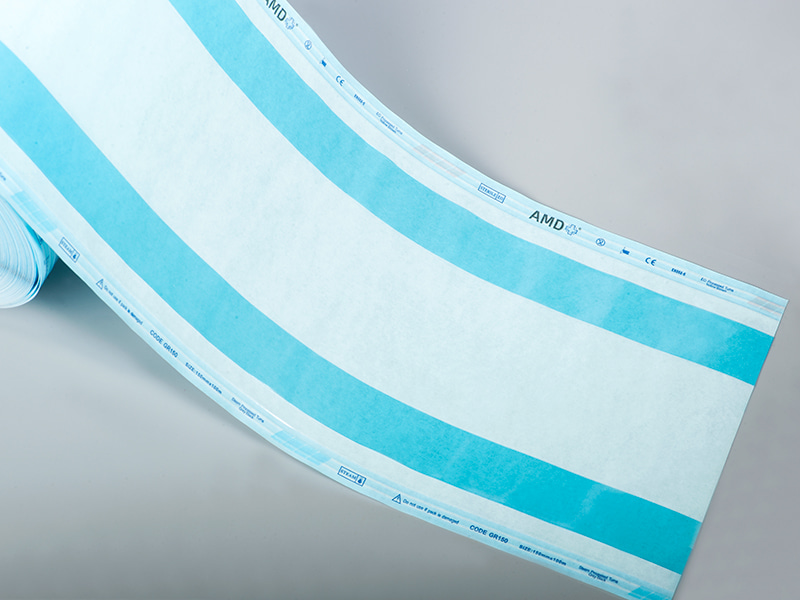
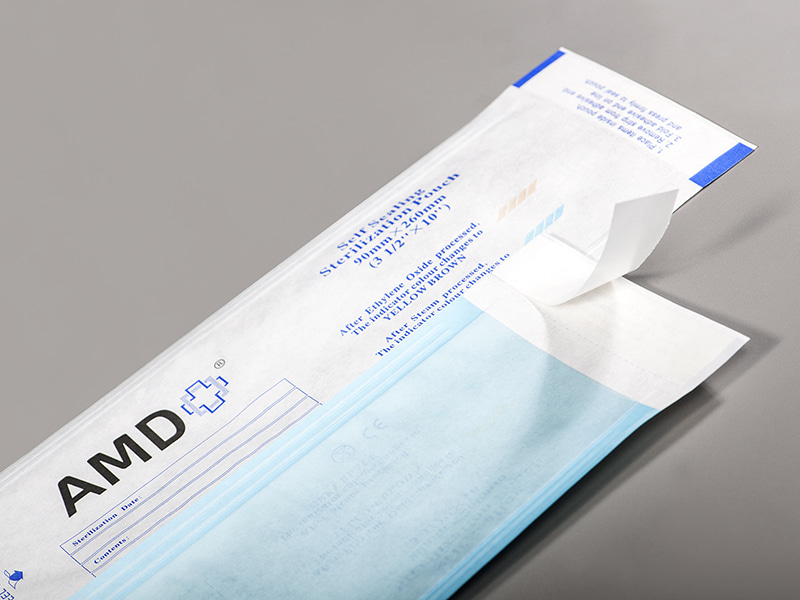
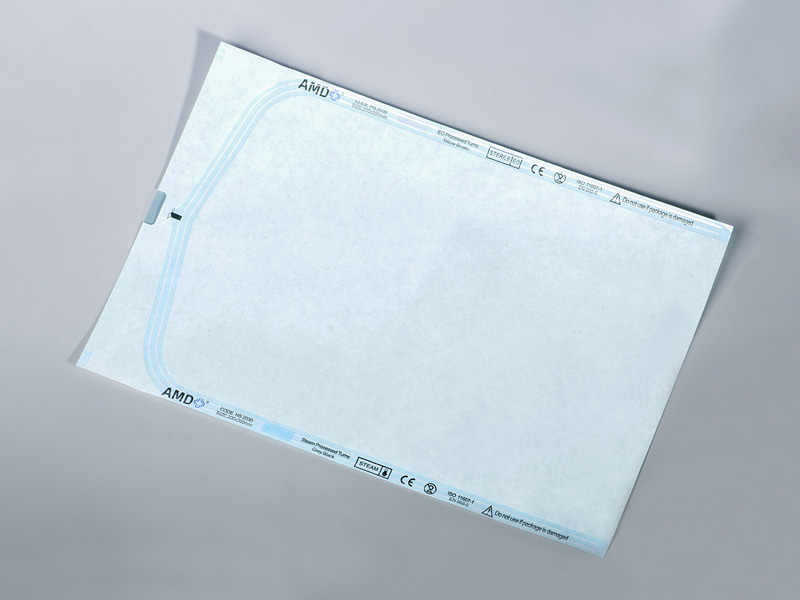
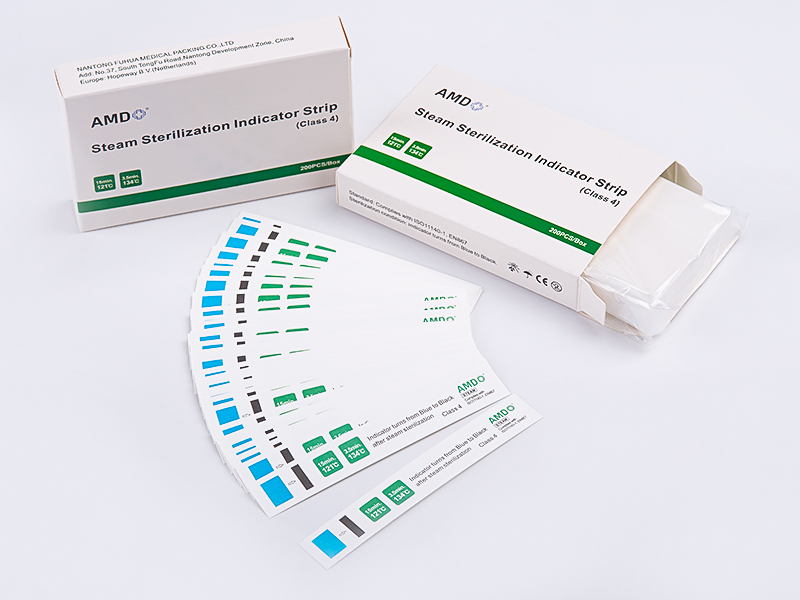
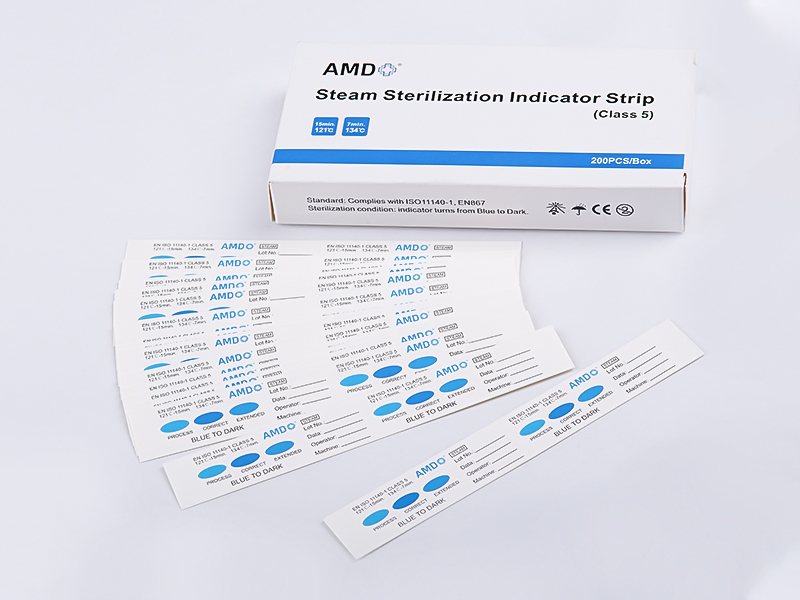

 ‘s-Gravenweg 542, 3065SG RotterdamThe Netherlands
‘s-Gravenweg 542, 3065SG RotterdamThe Netherlands
 +31 (0)10 254 28 08
+31 (0)10 254 28 08
